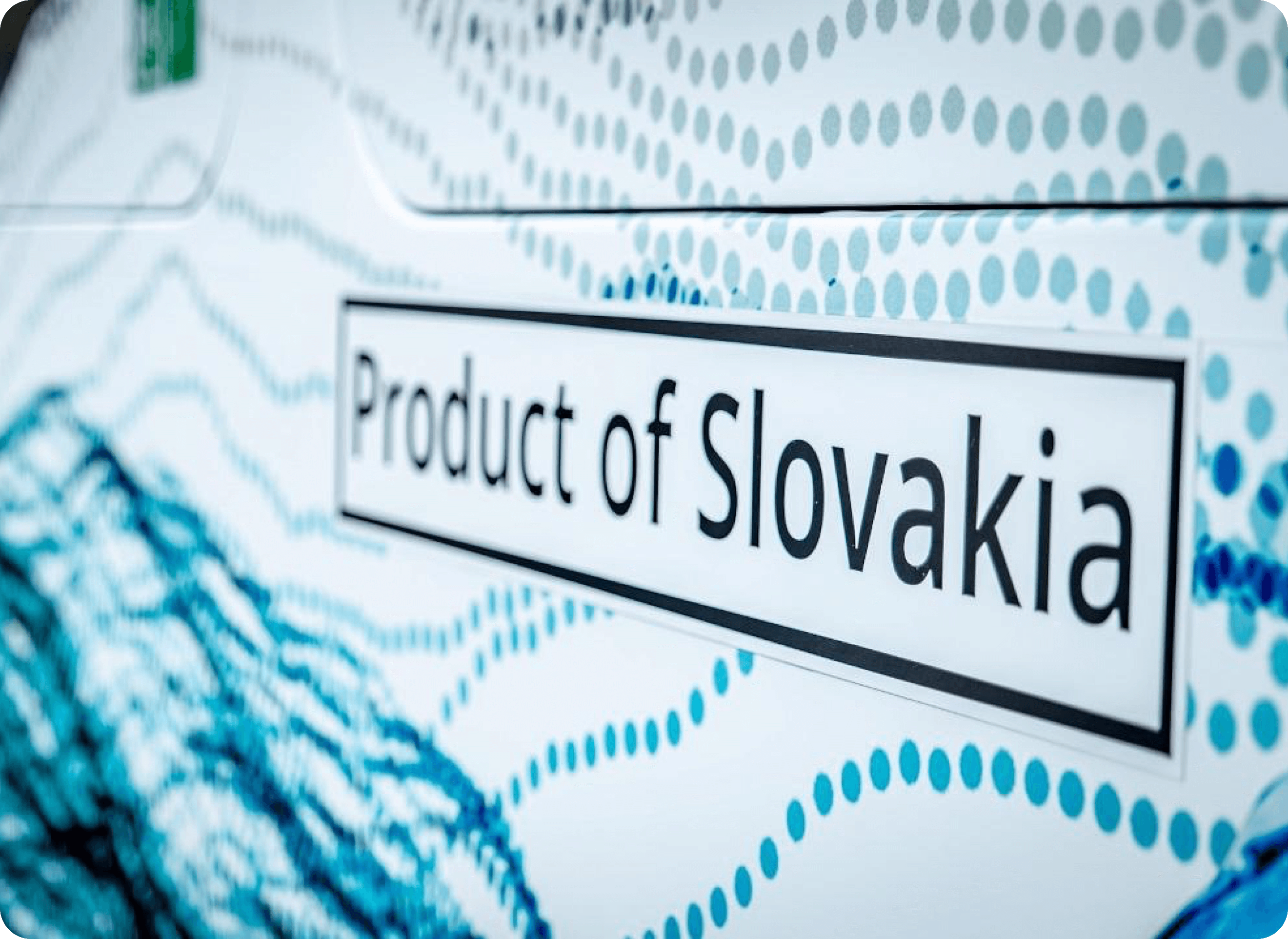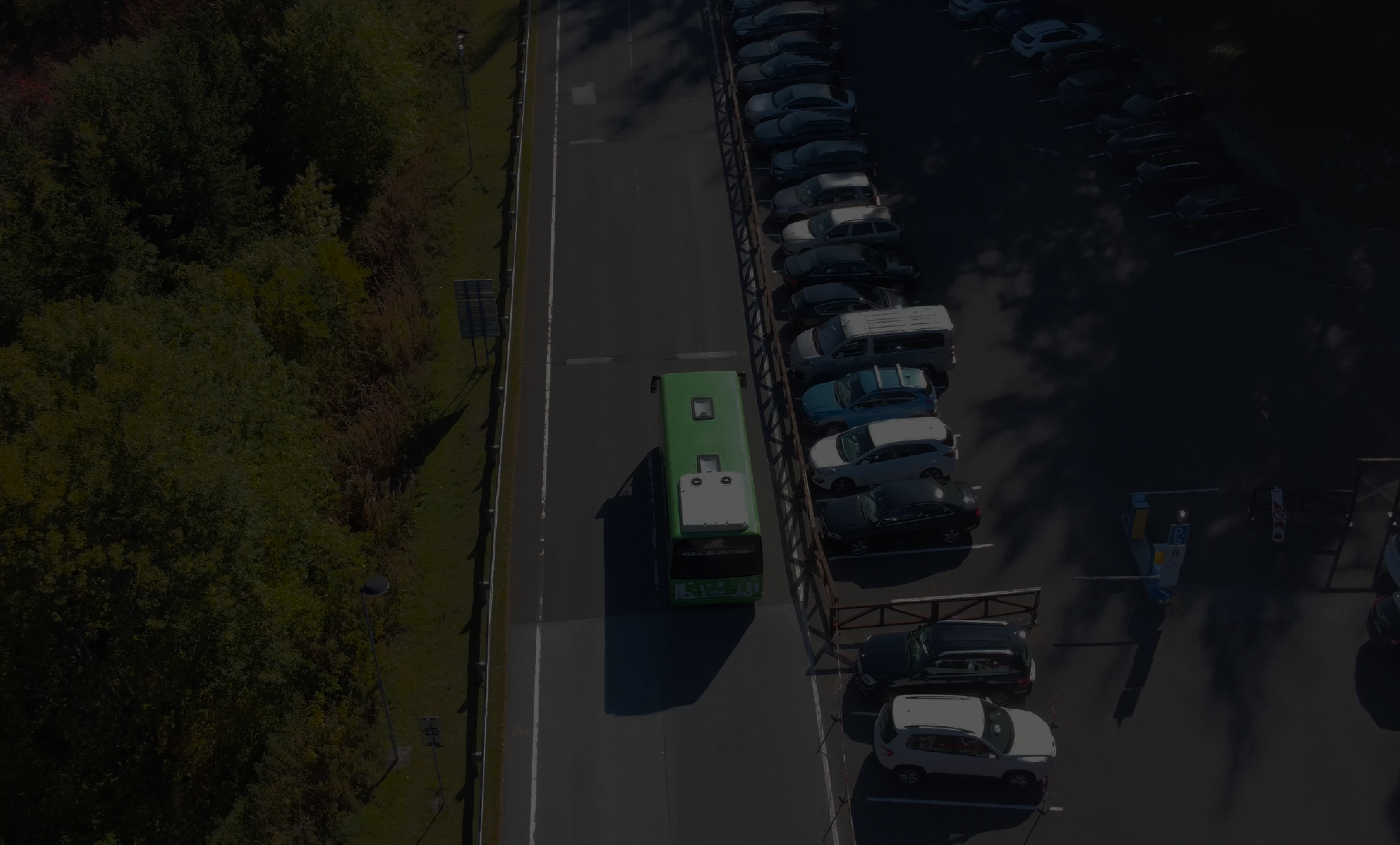Emission-free buses
- Fully composite, self-supporting body.
- Structural composite material.
- No undercarriage. No steel frame.
Hydrogen bus
The globally unique placement of 4 hydrogen tanks in the rear of the bus provides an aerodynamic advantage over competing buses that have hydrogen tanks on the roof. Thanks to this unique solution, the bus achieves a record low hydrogen consumption of only 3.2 kg/100 km and a total range of 400 km per fill-up.
Electric bus
Ultra-low consumption.
The lightweight composite body requires smaller main units. Combined with a state-of-the-art synchronous electric drive, the average consumption is between 0.55-0.65 kWh/km (SORT2), giving an average autonomy of between 200-240 km.
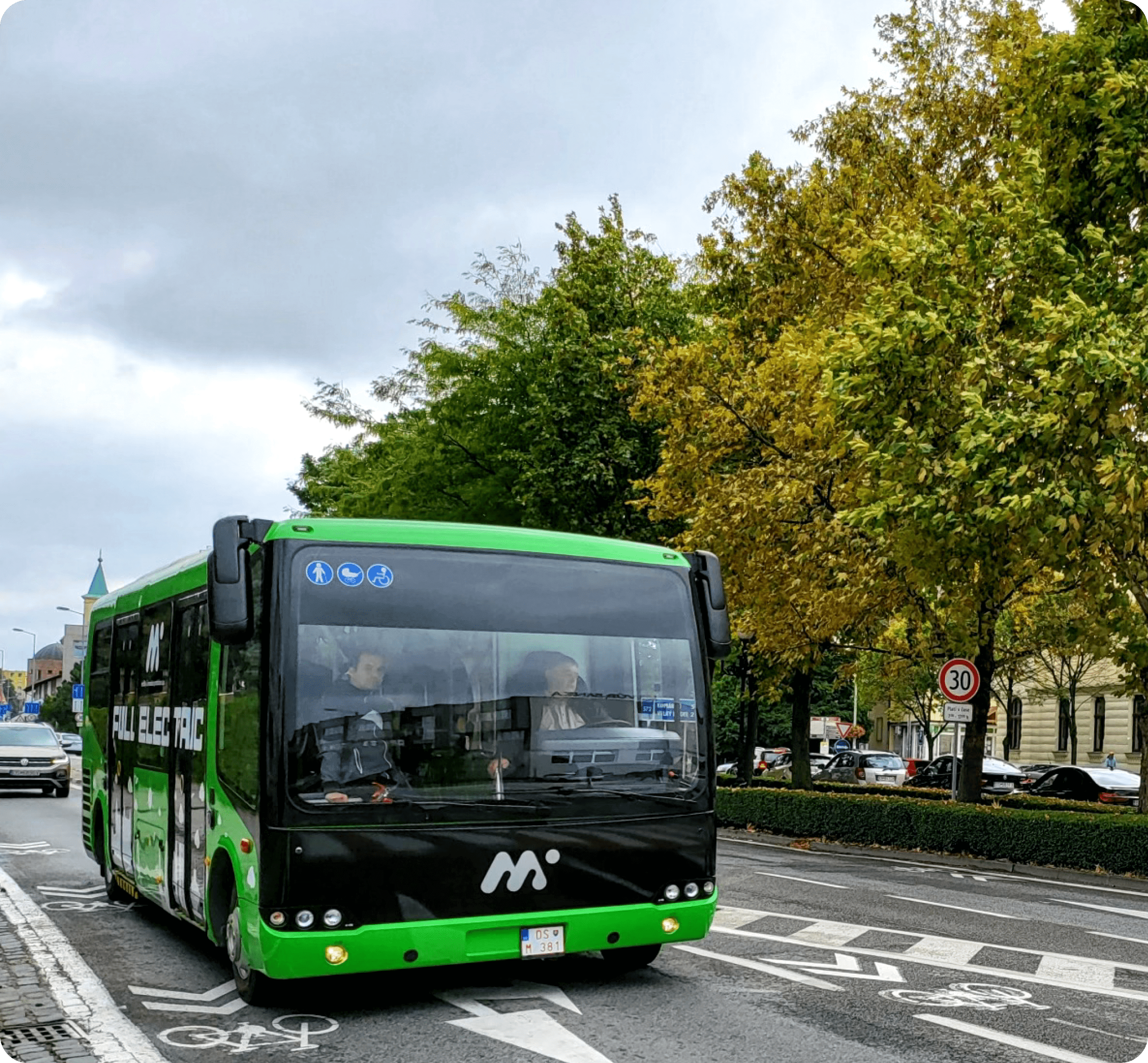
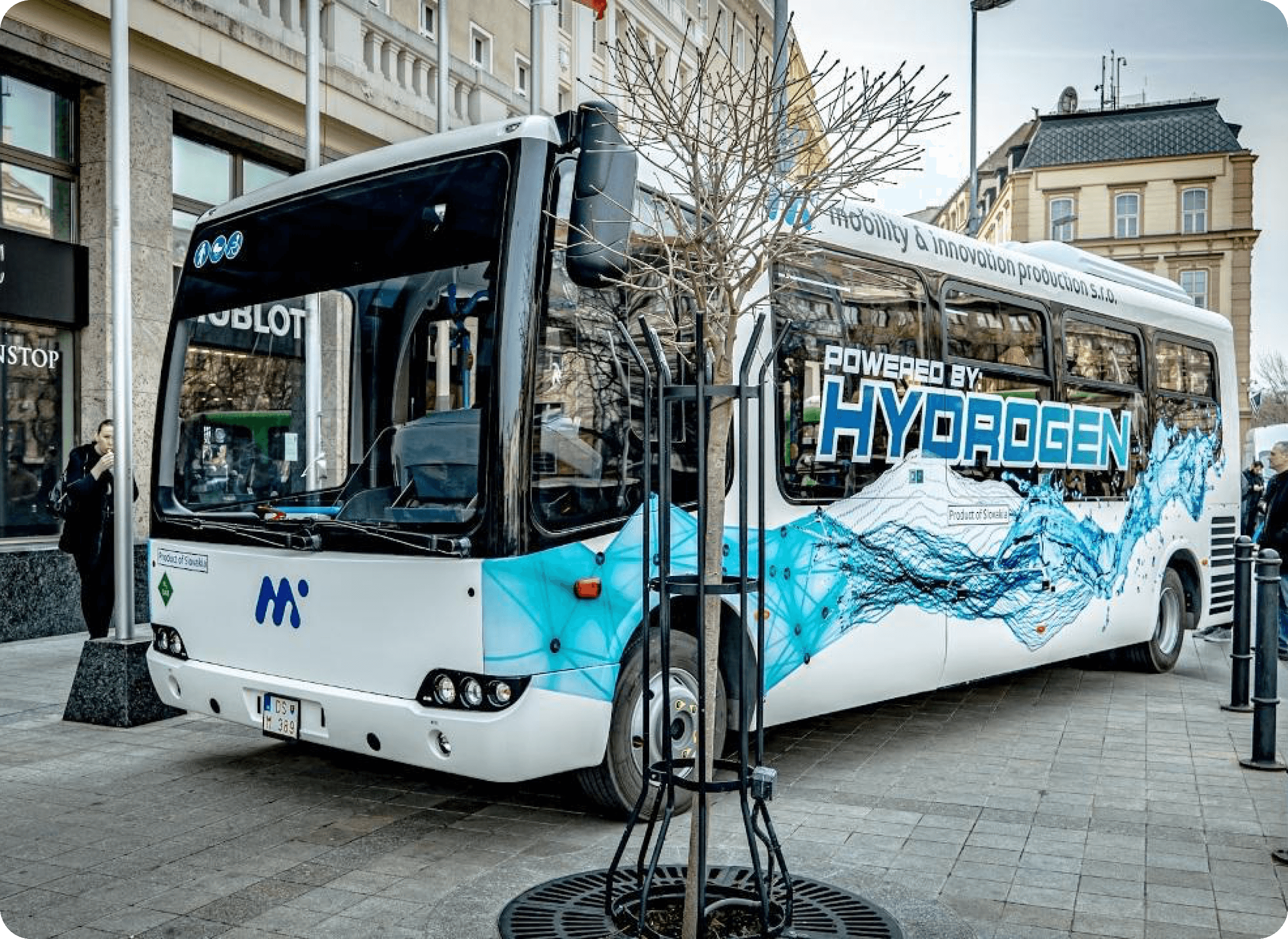

Configuration of the new hydrogen bus
In the fourth quarter of 2020, final testing began as part of the process to obtain European homologation for the SK080ES electric model. The homologation process was successfully completed in the first quarter of 2021. From the second quarter of 2020, the R&D team worked in parallel on the development of a prototype hydrogen-powered model, designated SK080HS.
The only H2 MIDI bus with European type approval
Currently, our hydrogen MIDI bus is the only product in its class with full European homologation.

Technical data
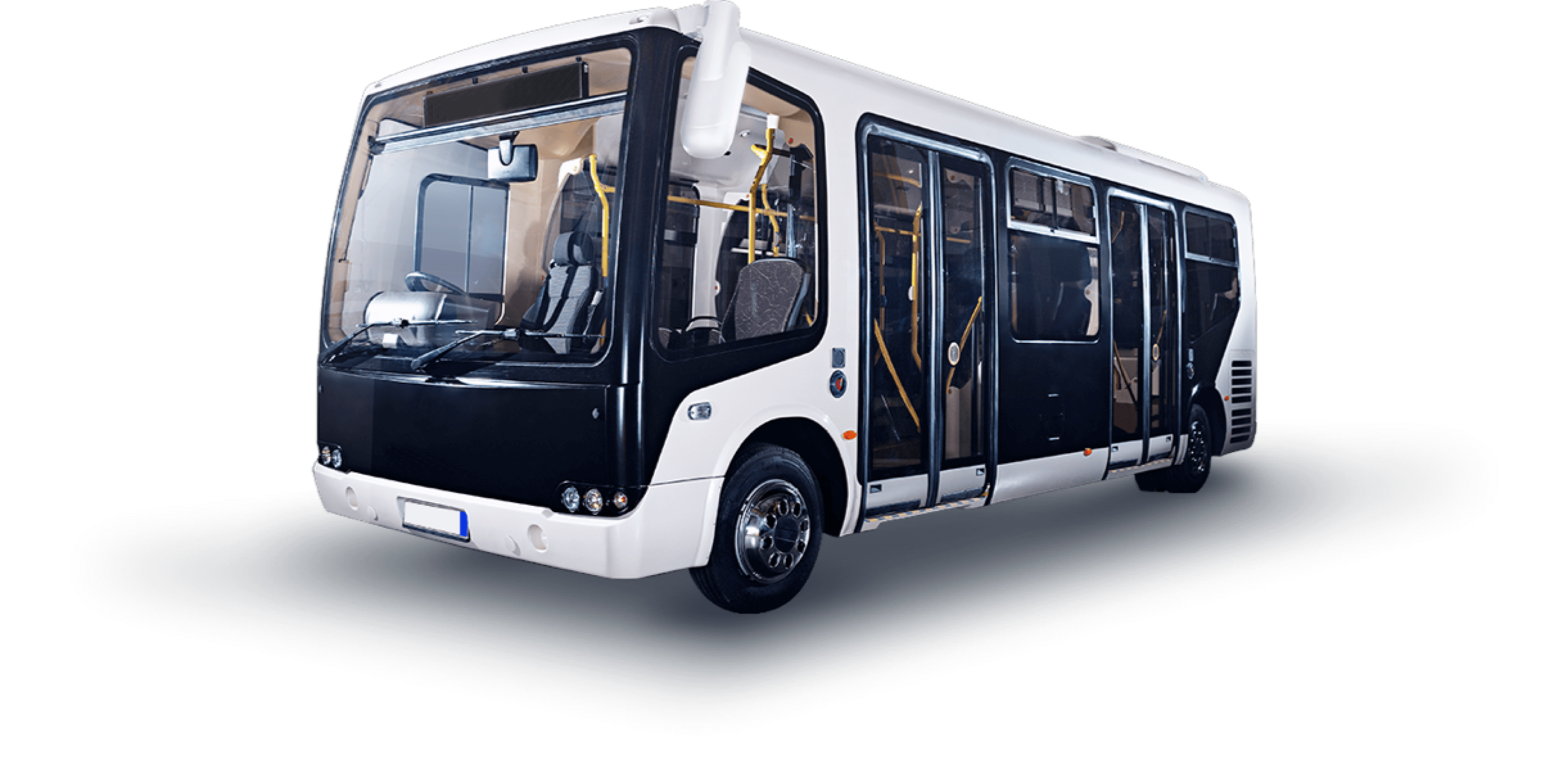

| 30 kW |

| 6,4 tony |

| 11,5 tony |

| 600 V |

| 3,2 kg / 100 km |

| 56 pasažierov |

| 420 km |

| BATTERY PACK |

| 0,61 kWh / km |

| WEH TN1 H2 |

Uses of the bus
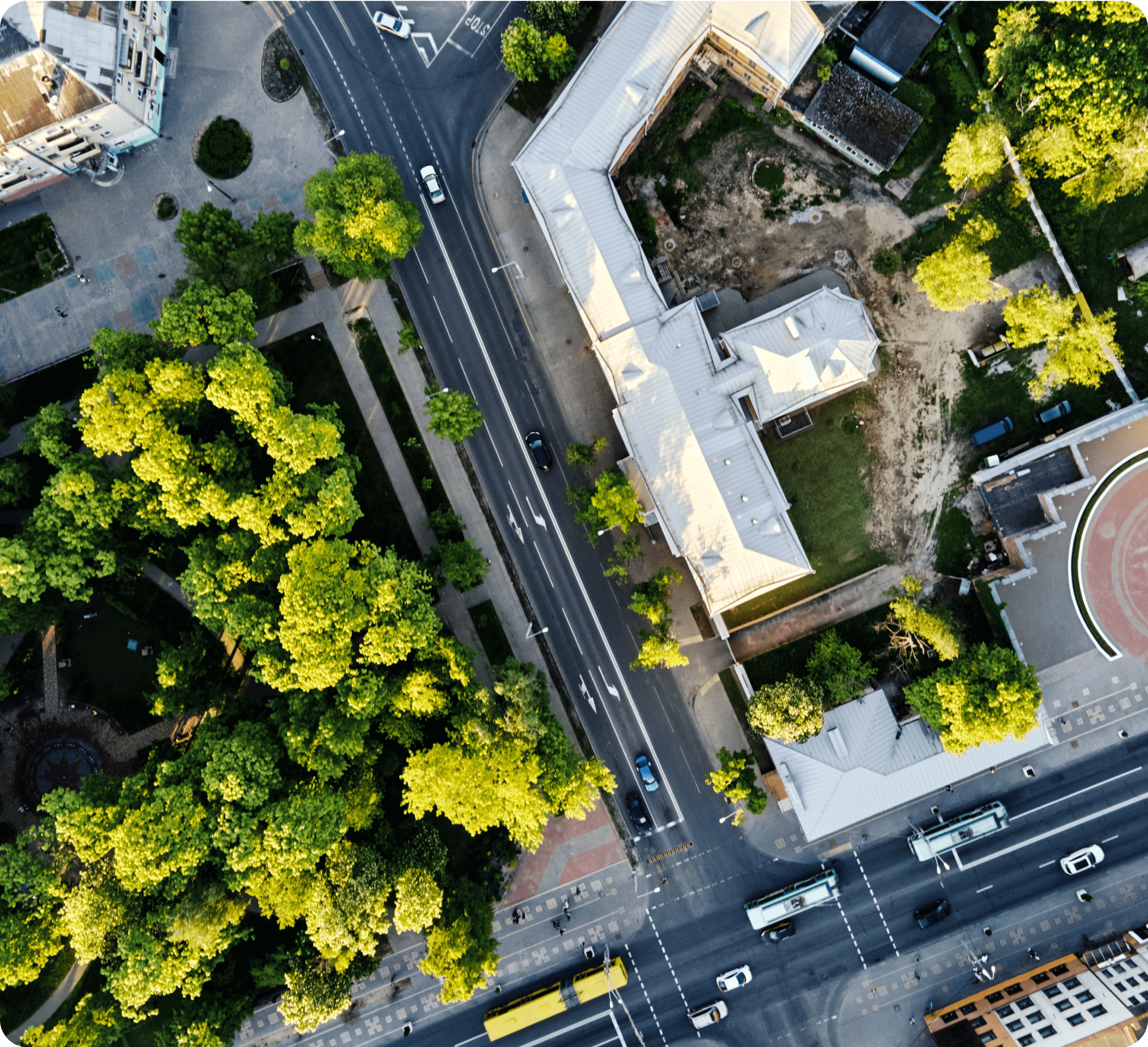
Low-floor bus to the city
Designed primarily for urban traffic, the modular design of the bus body allows for three different variants, differing in the number of doors and seating arrangements. The body is self-supporting and made of composite materials that are corrosion-resistant as they contain no welds or steel parts. In addition, it is very light, strong, non-conductive and non-flammable, guaranteeing easy maintenance and a long service life of up to 40 years with proper care.
The next generation of emission-free commuter bus
Our 9.5 metre emission-free bus is designed to combine modern design with practical solutions for everyday suburban transport. It offers 31 seats, 12 standing seats and space for a wheelchair or pushchair, bringing comfort to all passengers.
Thanks to its low-floor design, two doors and spacious interior, it ensures fast passenger changes even at the busiest times. The bus is built on a lightweight composite body with an emphasis on safety, reliability and sustainability.
With an electric motor output of 210 kW and 1,337 Nm of torque, it can handle even demanding operating conditions while providing a quiet, smooth and environmentally friendly ride. It is complemented by a 50 kW fuel cell and a 60 kWh high-performance battery pack, ensuring an optimal combination of range and flexibility in operation.
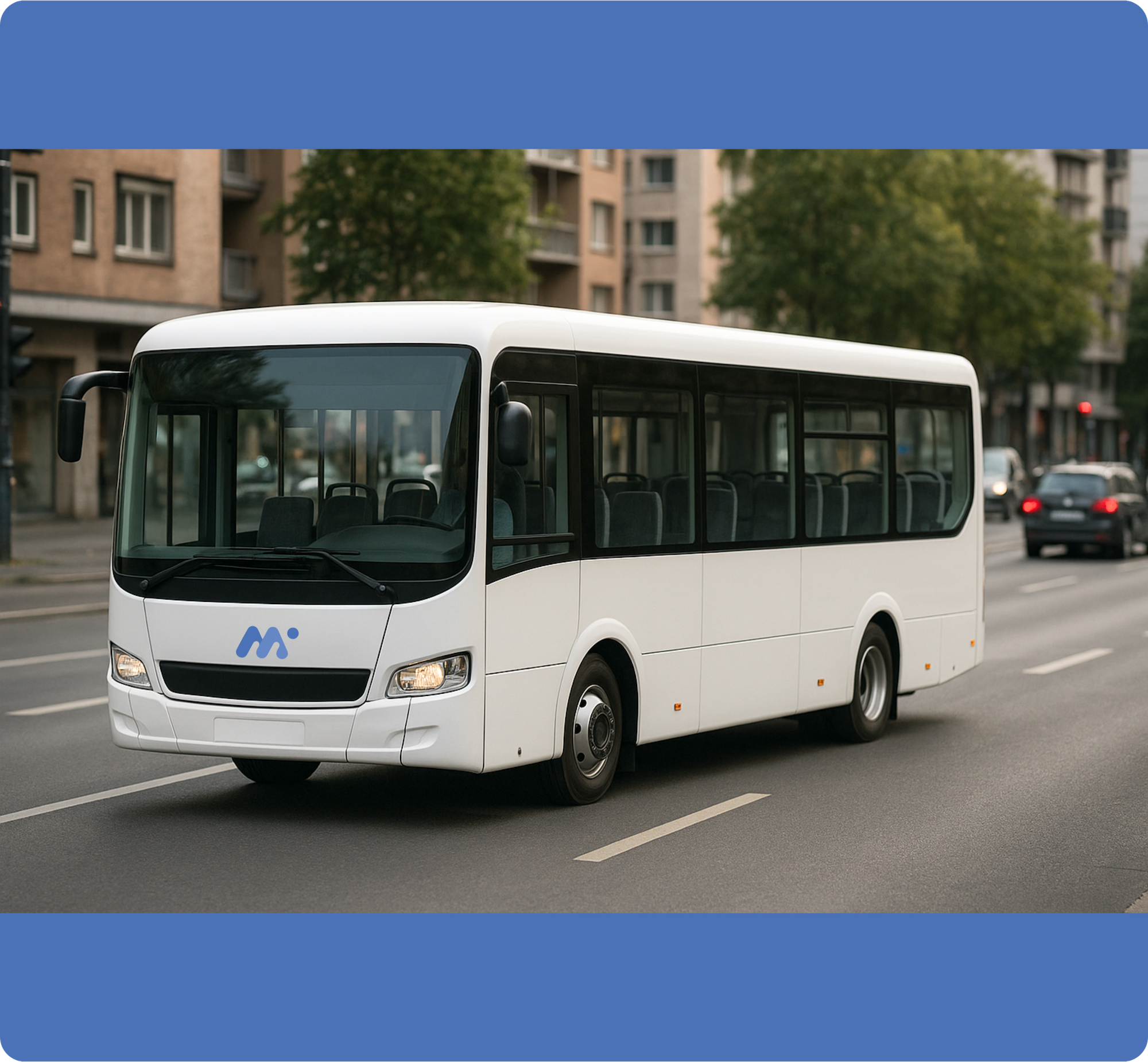

Record low consumption
Thanks to a combination of ultra-lightweight modular body construction and a unique hydrogen tank placement solution, the bus achieves extremely low hydrogen consumption – just 3.2 kg per 100 km, with a total range of 400 km per fill-up.
Zero carbon footprint
There is no ecology like ecology. Conventional electric buses require large and heavy batteries that need to be recharged regularly and for long periods of time from the grid, increasing their energy intensity and ecological footprint.

Vodíkový autobus pre mestskú dopravu
Galéria SK080HS
Vodíkový autobus je navrhnutý predovšetkým pre mestskú dopravu. Vďaka modulárnej konštrukcii karosérie je dostupný v troch variantoch, ktoré sa líšia počtom dverí a usporiadaním sedadiel.


